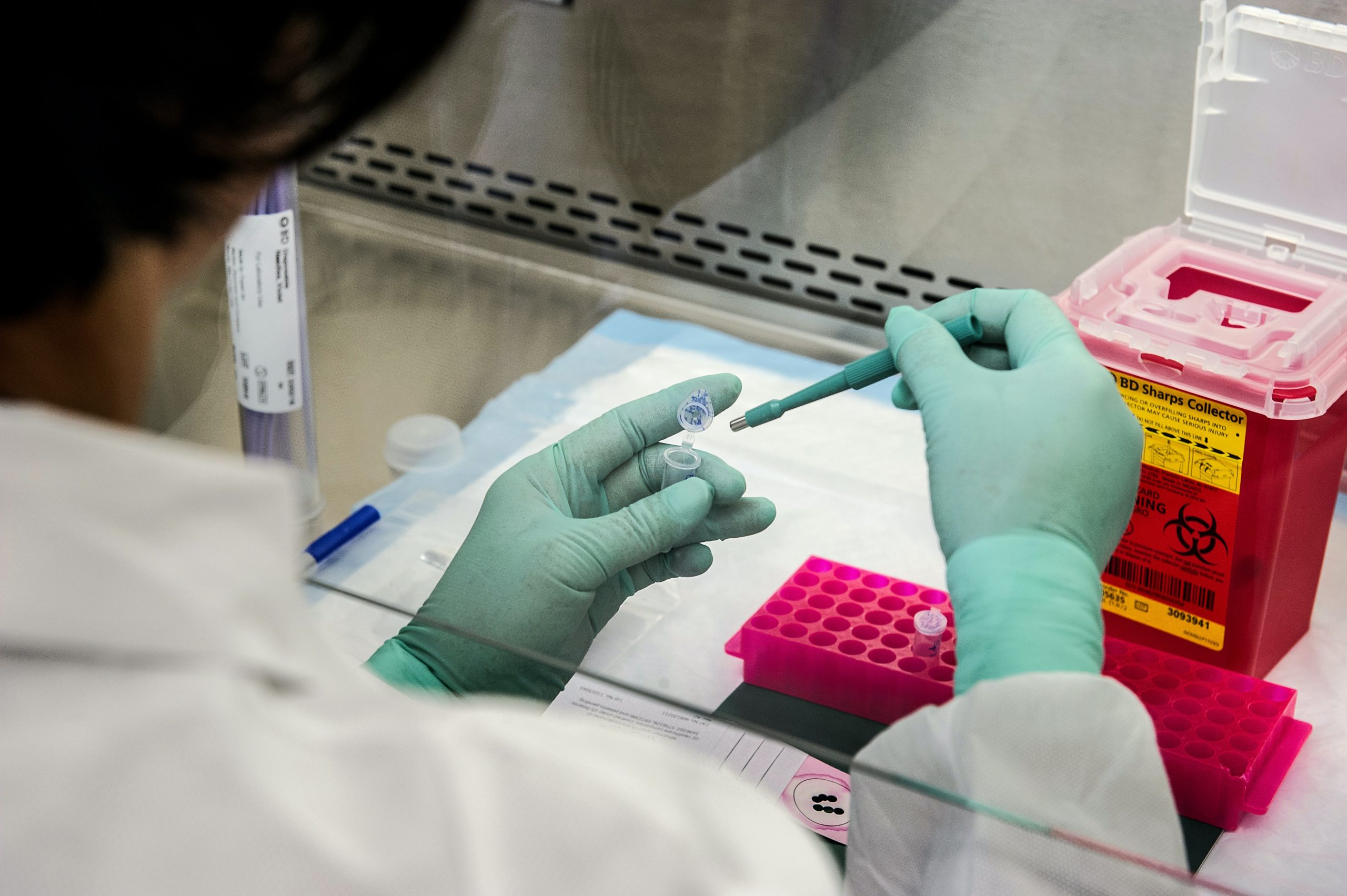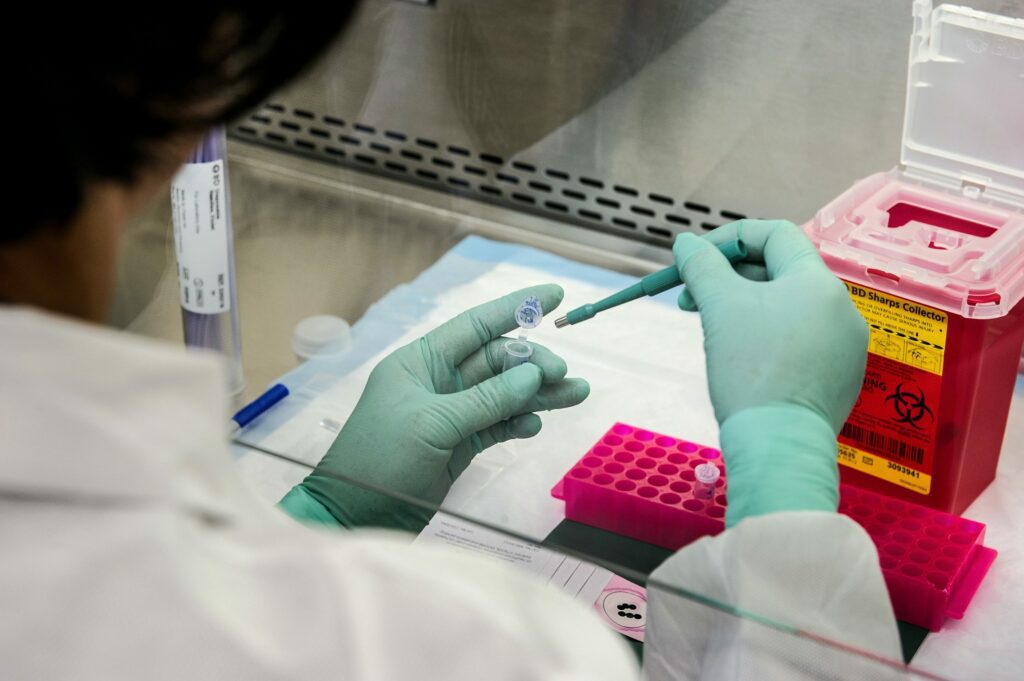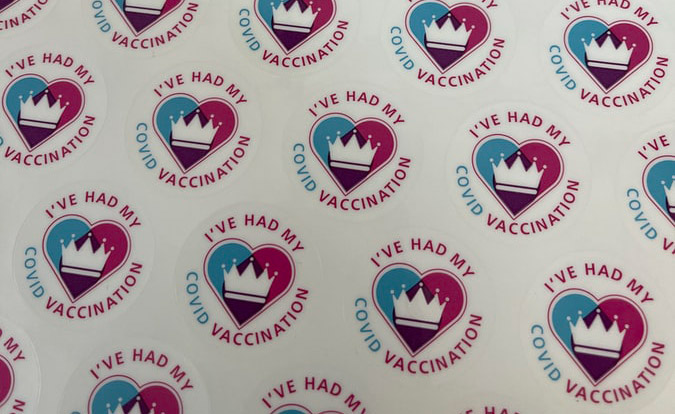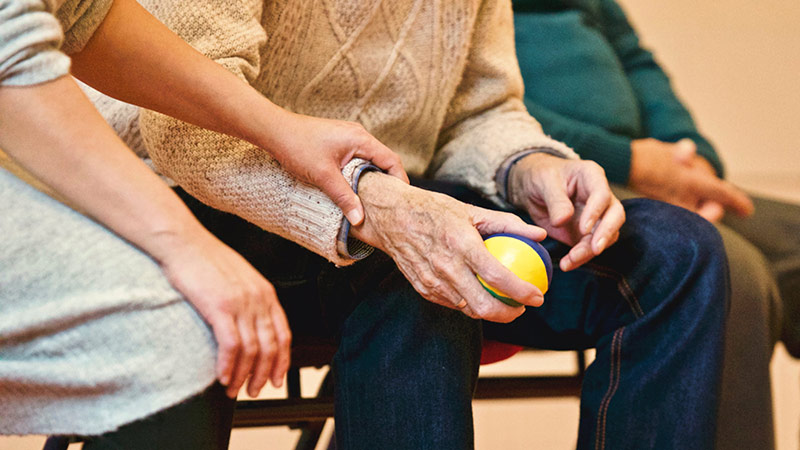As a medical writer, it’s easy to get caught up in the nuts and bolts. Accuracy, readability and a clear, concise story (usually revolving around scientific data) are paramount. Of course, the understanding that the patient is at the core of the whole narrative, its reason for being, is never lost; but if you’re reviewing a 90-slide PowerPoint consisting of Kaplan-Meier curves, forest plots and adverse event tables, in reality, at least in my own experience, sometimes it’s hard to see the wood for the trees.

A few years ago I gave a ‘Lunch and Learn’ presentation titled ‘Powerful Patients’ to colleagues. I wanted to talk about people who had been through extraordinarily difficult experiences with their medical conditions, but had also achieved incredible things as patient advocates and role models.
There are two in particular that I still think of often, not necessarily because I’ve been involved in working with a medicine for their particular condition, but due to their achievements and zest for life. If you’ve worked with me before, you can probably guess who they are! Their incredible resolve has kept me going on tough days when that reference pack just isn’t coming together…
I hope that you find their stories as inspiring as I do.
Claire Wineland
Claire was born with cystic fibrosis in Austin, Texas in 1997. A few days after her 13th birthday, after a routine surgery, she developed septicaemia leading to full lung failure. Given only a 1% chance of survival, she emerged from a medically-induced coma after 16 days.
She would stay in the hospital for three months, during which time she decided to found ‘Claire’s Place Foundation’ to provide support to children and families affected by cystic fibrosis.
Claire would go on to be a prominent voice in the cystic fibrosis community, doing a number of Ted Talks – this one when she was just 14!
She was also part of my personal favourite healthcare communications campaign, Breathless Choir (winner of the Grand Prix in Pharma prize at the Lions Health awards in 2016).
Sadly, following a double lung transplant in 2018, Claire passed away due to complications at the age of 21. Her legacy continues to live on through her foundation. Shortly afterwards she was the subject of a documentary film that is also on YouTube, a tribute to a young person wise beyond their years, who undoubtedly had an enormous amount more to give.
Deborah James
Deborah was diagnosed with Stage IV bowel cancer in 2016, at the age of 35. I first heard of her as a member of the You, Me and the Big C podcast on the BBC, originally with herself, Lauren Mahon and Rachael Bland (who sadly passed away in 2018), discussing their lives with cancer and exploring many issues such as mental health, fertility and chemotherapy. Their informal and welcoming style has given a real community feel for people living with cancer, and the podcast continues to this day.
Deborah has been through an absolute litany of treatments and procedures, as anyone who follows her popular Instagram account, @bowelbabe, will know. She writes for a number of national newspapers and fundraises alongside major UK cancer charities, and has a best selling book, ‘F*** You Cancer’, a self-help guide to living your best life with cancer.
She has also been instrumental in helping bring new treatments to patients in the UK, acting as a case study for NICE submission as part of a clinical trial.
Her resolve and persistence in the face of adversity, still determined to help others, is amazing.
Hope is a powerful theme in healthcare communications, and both of these inspiring people have been determined to tell its story. That shared ideal only reinforces our job as creators to make sure that patients are always the focus of our work, weaving a narrative around the backbone of data to form a whole.













